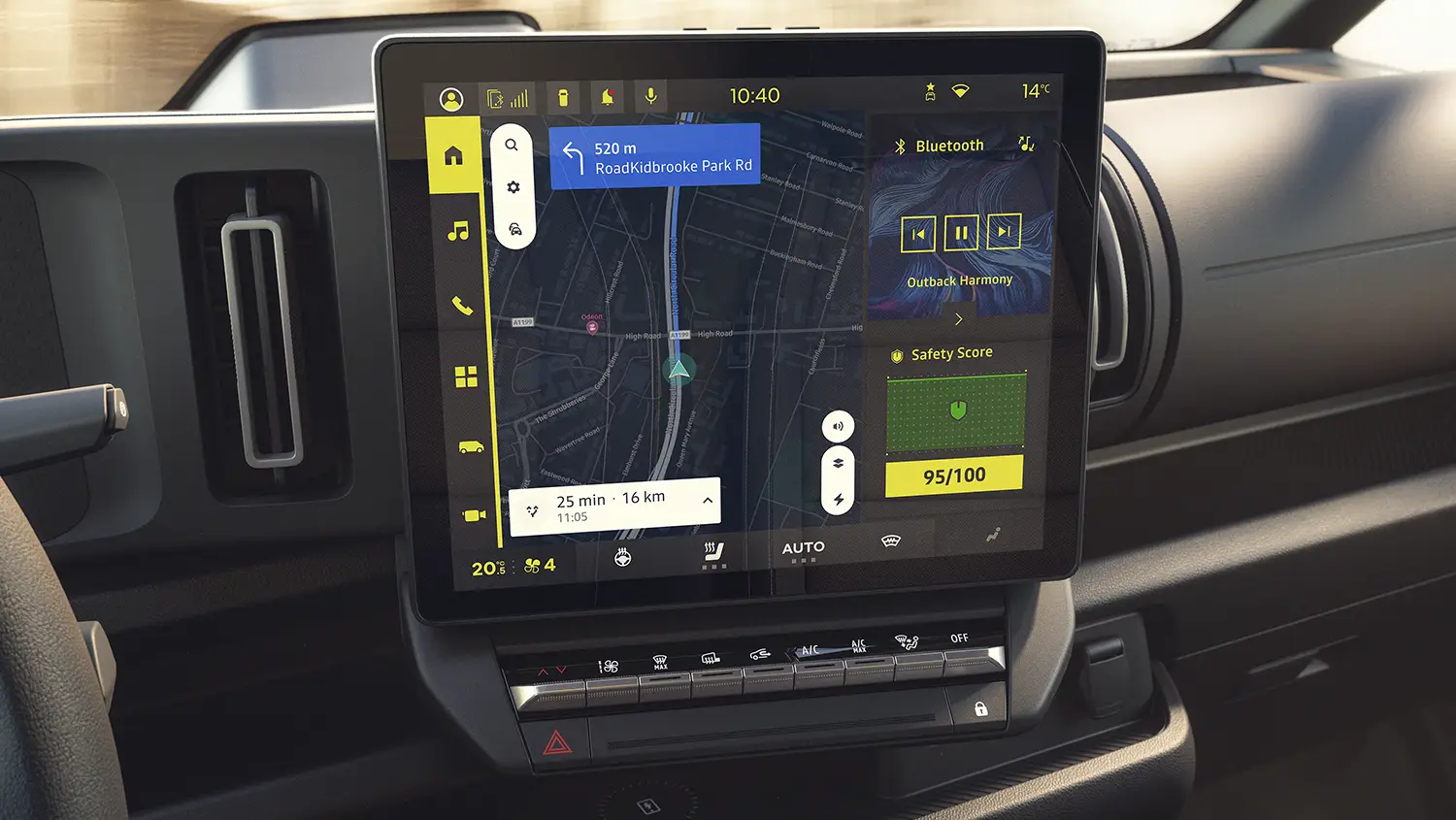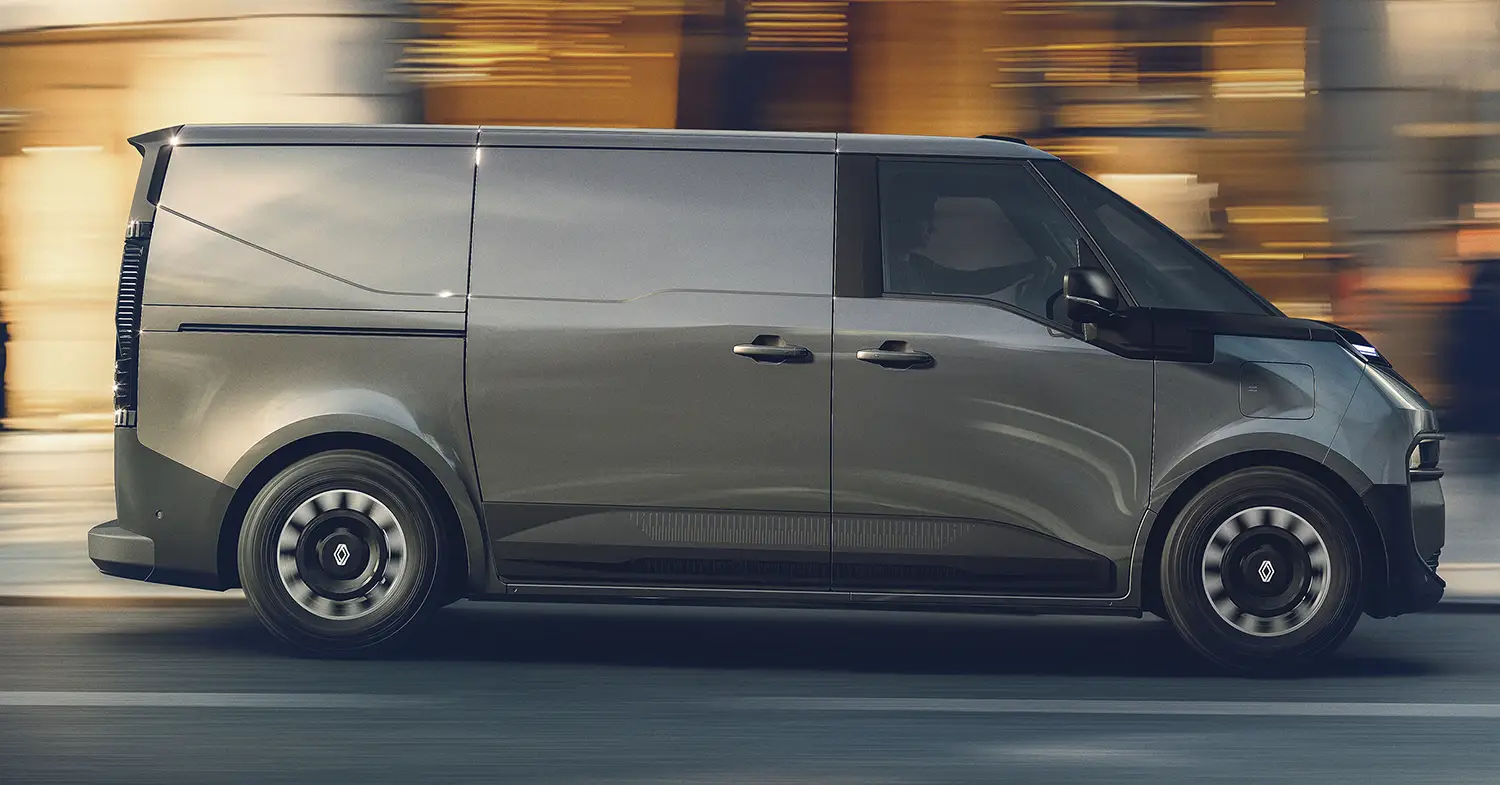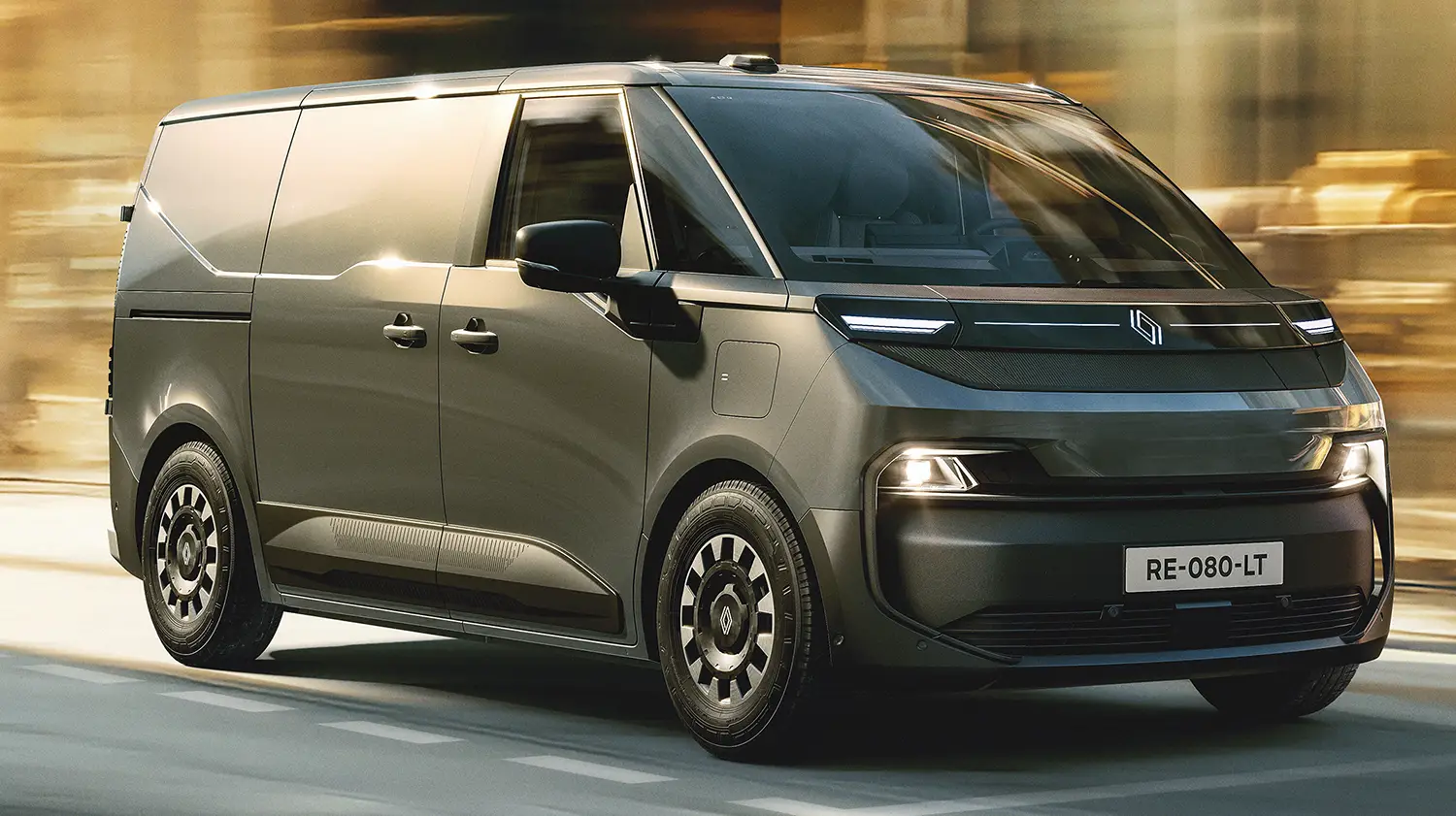
The medium light commercial vehicle (LCV) segment is undergoing rapid electrification, and Renault is embracing a revolutionary change. The new Renault Trafic E-Tech electric, presented at Solutrans 2025, represents a fundamental shift. It marks the first Renault vehicle built with the Software Defined Vehicle (SDV) architecture by Ampere. This fourth-generation Trafic builds on its decades of success, bringing high-voltage technology to the LCV segment. The new model offers flexible configurations, a significantly enhanced range, and a futuristic design. It promises to be a highly responsible and intelligent vehicle for business users.
Advanced Electric Platform and Agility
The new van is constructed upon a dedicated all-electric “skateboard” platform. This chassis design optimizes load capacity relative to the vehicle’s overall footprint. It features a minimal front overhang and a rear-mounted powertrain for efficient packaging. This smart design also contributes to impressive urban agility. The turning circle is remarkably tight, matching that of a Renault Clio at 10.3 meters. Reduced overall height of 1.90 meters ensures access to all underground car parks. The Renault Trafic E-Tech is designed for easy urban operation.
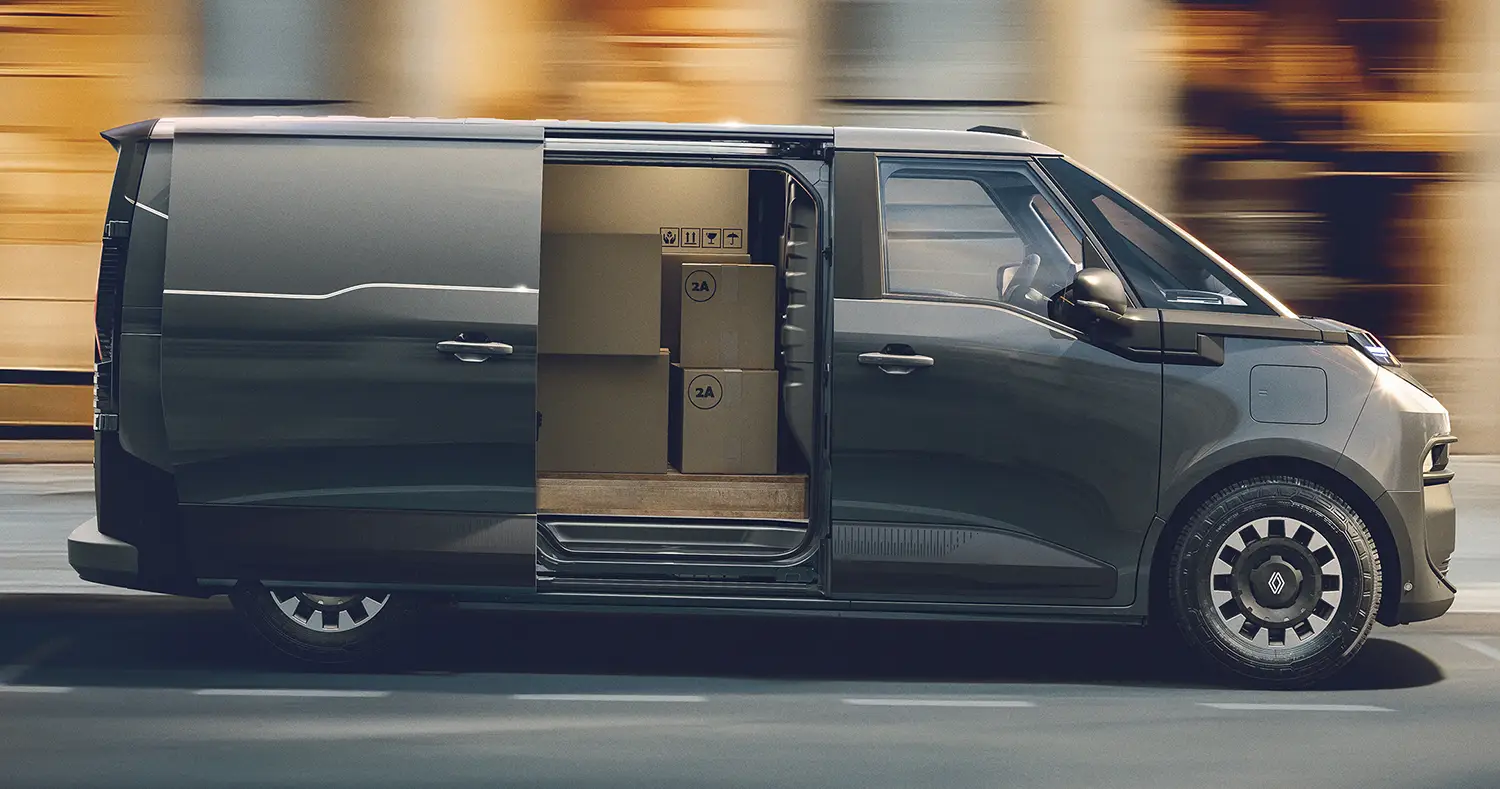
Optimized Dimensions and Load Capacity
The Trafic E-Tech is available in two distinct body styles for maximum versatility. The L1 body style has a length of 4.87 meters and offers a generous 5.1 cubic meters of load capacity. The longer L2 van measures 5.27 meters in length. It provides an increased load capacity of 5.8 cubic meters. Both versions feature large doors that facilitate easy loading of standard Euro pallets from the side or the rear. This attention to dimensional optimization maximizes the vehicle’s utility.
Future-Forward SDV Architecture
The SDV or Software Defined Vehicle architecture is a significant technological leap. It replaces dozens of distributed computers with a single, highly powerful central computer. This centralized software can be updated remotely throughout the vehicle’s service life. This capability allows business users to add or improve functions long after the purchase. Predictive maintenance is also enhanced by the faster computing capacity. It enables real-time tracking of component wear via remote diagnostics for better fleet management.

A Disruptive, Modern Cockpit Design
The cabin features a truly disruptive design, centered around a robust, tube-shaped dashboard. This tubular structure runs across the entire width of the cockpit. It holds two main screens: a 10-inch cluster and a larger 12-inch central screen. The central screen is angled toward the driver for intuitive use. The seats are upholstered in a stylish mix of Zeta blue-jean and grey fabric. These materials feature yellow or white contrast stitching. This cockpit setup creates a modern, high-tech workspace for the driver.
Storage and Eco-Conscious Design
Renault understands that storage space is critically important for business users. The Renault Trafic E-Tech offers numerous ingenious and generously sized compartments. Beyond the closed glovebox, the cabin includes several open, partitioned areas. There are three cupholders and a document holder under the central screen. Two levels of storage in the doors allow for both small items and bulky objects like water bottles. Renault also set an ambitious eco-design goal for the new van. The company aims to include over 23 percent of recycled materials in the vehicle, including the battery.

Flexible Dual Battery Options
The electric van offers flexible solutions tailored to different business needs. The long-range battery uses NMC (nickel manganese cobalt) technology for high energy density. This option delivers a maximum range of around 450 km WLTP, suitable for high-mileage drivers. For urban-focused users, the urban range battery uses LFP (lithium iron phosphate) technology. This latter choice provides a competitive price point and a range of almost 350 km WLTP. All battery cells will be produced in Europe, with assembly taking place in France.
Power, Engine Specs, and Performance
The Renault Trafic E-Tech utilizes a highly efficient new-generation electric motor. This European-developed unit delivers a strong output of 150 kW, which translates to approximately 201 horsepower. Torque is immediately available at 345 Nm, ensuring quick and smooth acceleration. The van’s robust platform and powerful motor allow for a maximum payload of 1.25 tonnes. Furthermore, it boasts a towing capacity of 2 tonnes, pending final homologation. This combination ensures the van is both efficient and highly capable for demanding commercial tasks.
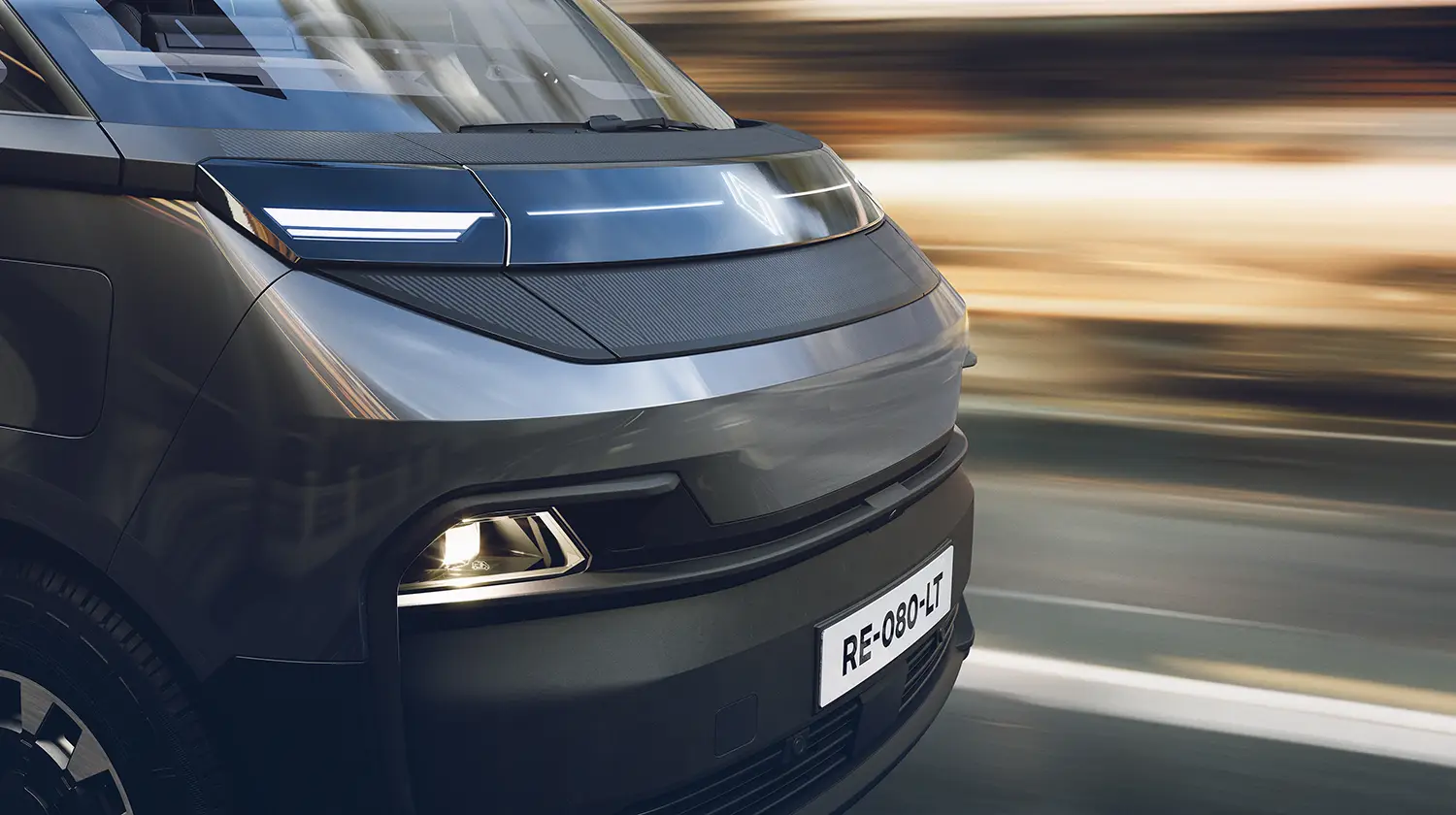
Ultra-Rapid 800V Charging and V2X
The batteries feature new 800V fast-charging technology, a significant first for Renault. This system simplifies the daily operation of fleet management. The battery can charge from 15 percent to 80 percent in approximately 20 minutes. This recovers an impressive 260 km in range, minimizing downtime. The van also includes Vehicle-to-Load (V2L) and Vehicle-to-Grid (V2G) functionalities. V2L allows the van to power external appliances like tools or laptops. V2G allows the van to feed energy back into the grid, thanks to its bi-directional charger.

Summary of the Renault Trafic E-Tech
The new Renault Trafic E-Tech electric van represents a major step forward in the LCV market. It combines the success of the Trafic nameplate with revolutionary new technology. Key features include the agile skateboard platform and a choice of two specialized battery options. It debuts 800V fast-charging for rapid power recovery and offers V2X bi-directional capabilities. The van is built on the advanced SDV architecture, promising remote updates and enhanced digital services. This new Trafic is designed to be a flexible, intelligent, and highly responsible solution for all business users.
Disclaimer: Content on this site is for informational and entertainment purposes only. Details, analyses, and opinions reflect current trends and personal views, not professional or financial advice. Always verify information with official sources before making any decisions.
Source: Renault


